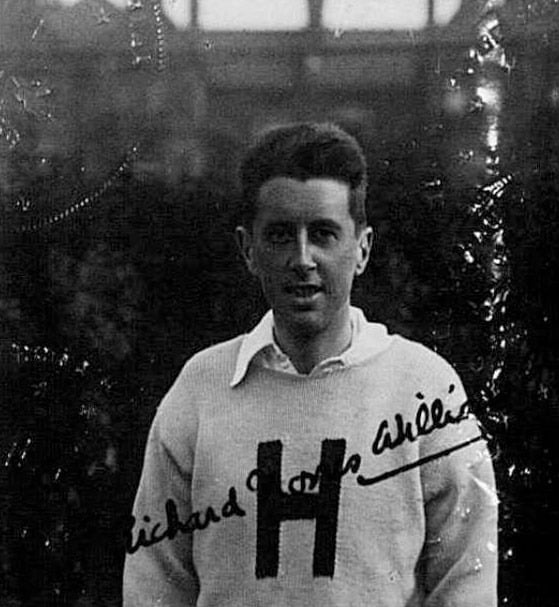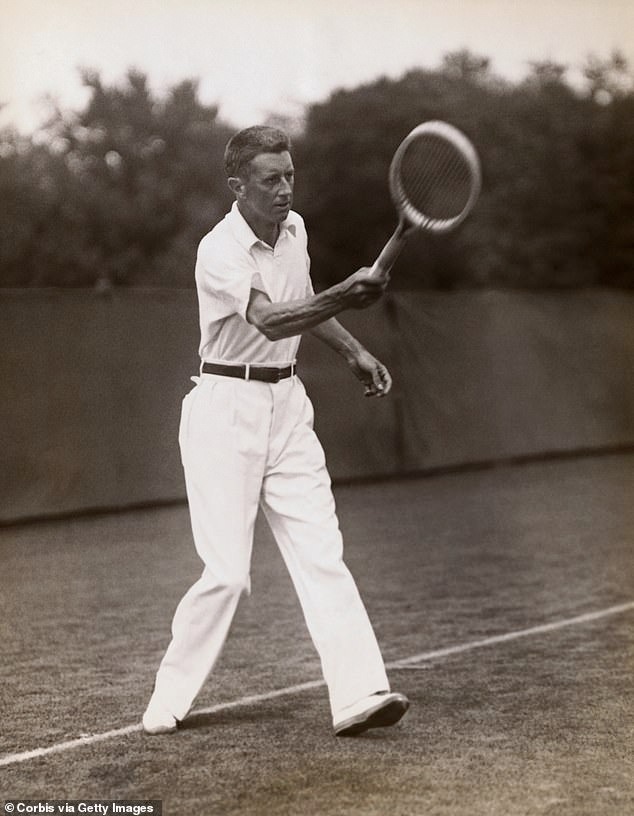Surviving The Titanic To Winning Gold: The Inspiring Story Of R. Norris Williams
When the victors of the Wimbledon men’s doubles final hoist their trophy, they’ll likely reflect on the years of grueling training, relentless determination, and perhaps a bit of luck that brought them to this triumphant moment.
But no matter the challenges they faced, their journey to victory pales in comparison to the incredible story of Richard Norris Williams, the 1920 Wimbledon doubles champion.
Years before Williams claimed his place in tennis history, he was a young man on the brink of death, leaping into the icy waters of the Atlantic as the RMS Titanic met its tragic fate.
His survival and subsequent rise to sporting glory is an extraordinary tale. Keep scrolling to uncover the full story of how a Titanic survivor became a Wimbledon legend.
A fateful voyage

Richard Norris Williams was born in Geneva, Switzerland, on January 29, 1891. His father, Charles Williams, an American businessman, had moved to Switzerland for health reasons.
By 1911, Richard, a promising young tennis player, had won the Swiss Open singles championship.
The next year, he and his father boarded the RMS Titanic to return to the United States. There, Richard was set to continue his education at Harvard University and pursue his tennis career.

Their journey took a tragic turn on April 14, 1912, when the Titanic struck an iceberg. Williams and his father were at the bar and then the gymnasium.
As the Titanic began to sink, they climbed over the railing and jumped into the frigid waters below. The chaos around them was overwhelming.
Charles Williams was among those crushed by the collapsing funnels, and the resulting waves pushed Richard further from the ship.

“I was not underwater very long, and as soon as I came to the top I threw off [my] big fur coat,” Williams later recalled. “I also threw off my shoes. About twenty yards away I saw something floating and swam towards it.”
The “something” was a collapsible lifeboat, which became his temporary refuge along with about thirty other survivors. They were later transferred to lifeboat 14, commanded by Officer Harold Lowe, who famously saved many lives that night.
A miracle survival

After the Carpathia rescued the survivors, Williams’s legs were severely frostbitten. The ship’s doctor recommended amputation, but Williams was adamant.
“No sir,” he said. “I’m going to need them.” He walked the deck of the Carpathia every two hours until the circulation returned to his legs.
Remarkably, just nine weeks after the disaster, Williams was back on the tennis court. He played in the Longwood Bowl tournament in Boston and faced none other than Karl Behr, another Titanic survivor.
The tennis glory

Williams’ tennis career truly took off after his inspiring comeback. Just a year after surviving the Titanic, in August 1912, he claimed the mixed doubles title at the U.S. National Championships.
From there, his success only grew. He captured the U.S. National singles titles in 1914 and 1916, followed by a victory in Wimbledon’s men’s doubles in 1920.

His crowning moment came at the 1924 Paris Olympics, where he triumphed in the mixed doubles. It was the peak of a remarkable career.
The renowned tennis writer Al Danzig once said of Williams, “On his best days, no one could beat him. He always played boldly, aiming for the win with every shot. He didn’t know how to play it safe.”

Simply put, the man who survived the Titanic played tennis like every match was his last, with an unstoppable drive for victory.
An enduring legacy

He bravely served in World War I, earning France’s prestigious Chevalier de la Légion d’Honneur and the Croix de Guerre for his courage.
Following in the footsteps of fellow tennis legend Behr, Williams transitioned into a successful career as an investment banker and spent 22 years leading the Historical Society of Pennsylvania.

His tennis achievements were recognized in 1957 when he was inducted into the International Tennis Hall of Fame, and he passed away at the age of 77 in 1968.

